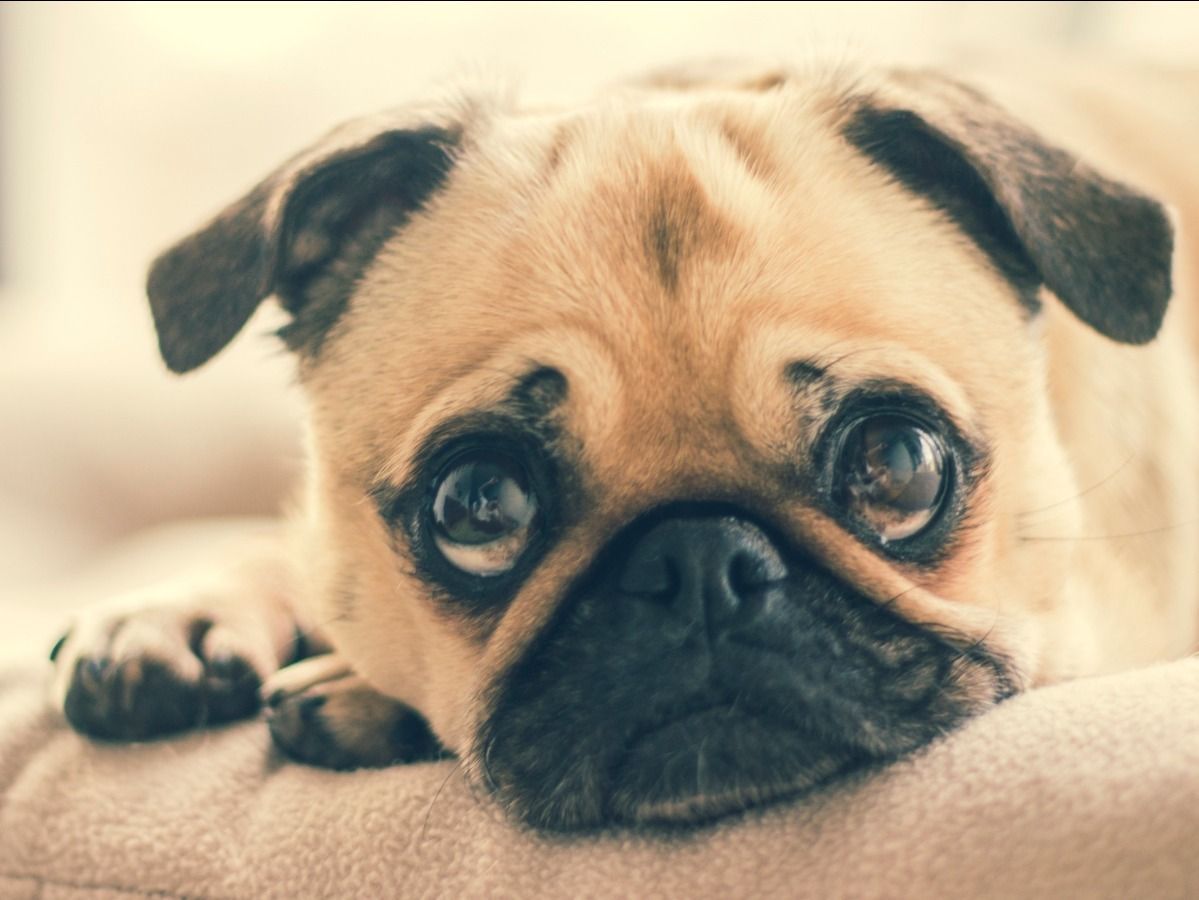HOW TO TAKE BETTER PHOTOS OF YOUR PET!
FIND THE PERFECT TIME
The success of the shoot can sometimes rely on proper scheduling. If you’re aiming for portrait shots, you’ll have a much better chance of catching your dog in a relaxed position when they are feeling sleepy or have just woken up. And if you’re looking for a more dynamic shot, then it’s best to take photos of them when they are most energetic. You can usually prep them for the latter by playing with them beforehand.
PLAN OUT EACH PHOTO IN ADVANCE
Capturing candids and going with the flow can get you good photos, but for really engaging ones that tell a story, you’ll need to show them in context. Conceptualize a theme and plan your key shots, as well as what you may have to do to create it. You may want to include props, such as pet toys or food that will bring out expressions of desire and excitement. Add variety to your shots by choosing several areas of the house that you may place them in and planning different activities.

NATURAL LIGHT IS YOUR FRIEND
You don’t necessarily have to worry about flashes and complicated lighting setups when taking photos of dogs. The best option is to use natural, continuous light that won’t frighten them or cause red-eye in your images. Whether you’re using ambient or studio lights, the general rule is to go for bright, diffused light that will help create more flattering portraits.
Increase that shutter speed
Now here’s one reason why it can be very difficult to capture photos of pets. More often than not, you’ll need to use a camera that offers fast shutter speeds to freeze action. This means you’ll also need to know how to configure camera settings in manual mode. Some digital cameras offer a programmed Pet Mode, but it’s usually not enough to capture well-exposed, tack-sharp images—so your best bet is to use a DSLR, mirrorless camera, or at least a special app that allows you to adjust manual camera settings.
ALWAYS SHOOT WHERE YOUR PUP FEELS SAFE
The most basic aim in dog photography is to capture your pet’s character and personality. You’re less likely to get this if they’re in an unfamiliar place, such as a studio. Head out to a park or to your backyard and allow your pet to relax and loosen up. This should help them feel—and look—more comfortable for the camera.
GET DOWN TO DOGGY LEVEL
Everybody is used to seeing dogs from above, so photos from that angle may not be as striking. For best results, shoot them in their world—from way down below. Depending on the dog breed, you may have to crouch with your camera or lie on your belly just to level the camera with your pooch. The objective is to shoot from their eye level or even lower, where you can get the best view of their expressions.

LOOK INTO THE EYES
“Eyes are the window to the soul,” and this applies to any living subject. When framing your dog, make sure to auto-focus on the eyes to make sure they’re sharp and to allow the dog’s expression to become the focal point of your image. You may want to watch out for and capture that perfect puppy dog eyes moment, whether or not they’re looking straight at your camera.
GRAB & HOLD THEIR ATTENTION
If you wish to make them hold still, try this simple trick: let them play quietly and, once you’re ready with the camera aimed and your finger on the shutter, call for your dog’s attention. Click the shutter the second they look in your direction and you’ll be able to capture them with their full attention on you and your camera. Once you have their attention, you may be able to capture a couple of easy shots of them sitting still. Be careful not to make any sudden movements as this will most likely make them jump up and follow you. Move slowly and avoid making eye contact as you change positions or reach out for a prop.
TRY TO CAPTURE YOUR DOG'S PERSONALITY
Even better than a cute closeup of your pet is a photo of them that conveys their character. If your dog is the playful type, you should definitely add a picture of him in action in your proposed shot list. If the dog loves lounging around, take a snap of him yawning while lying in his favorite bed. Those precious photos will definitely be for keeps!
DON'T GET STUCK WITH ONE ANGLE
Utilize your spacious memory card by taking as many photos as you want. But for variety, try shooting from different angles. Aside from taking shots from above and at eye level, try shooting from way down below (especially for bigger dogs), from the side, and even from behind. Make use of your creativity and try taking close up shots of the face, paws, or even the tail.
PATIENCE... THIS ISN'T AS EASY AS IT SOUNDS
Aside from camera gear and photography know-how, another important thing that dog photography requires is patience—and a lot of it. Pets obviously can’t follow specific instructions unless they’re trained by a professional. At the same time, they’re known to absorb human energy, so if you end up getting stressed out or frustrated, they’ll sense it and will begin to mirror your feelings. The worst thing you can do is to raise your voice and repeatedly command them to do certain things, as this will only confuse or freak out your pet. If they ever do stay still, you’ll get photos of them with flat ears and concerned eyes that don’t look good on camera. Remember, they can sense what you’re feeling, so the more relaxed you are, the higher the chances of you getting a decent shot.
TREAT YOUR PET FOR A JOB WELL DONE
Don’t forget to pay your model! Throughout the shoot, offer them something that they really like to keep them motivated and to encourage them to cooperate. The reward is up to you, and it can be anything from treats and toys to belly rubs and other forms of affection. Treats can even serve as bait, props, or tools that can help warm up your pet for the camera. Use rewards to make the shoot more fun and enjoyable, as it should be!

